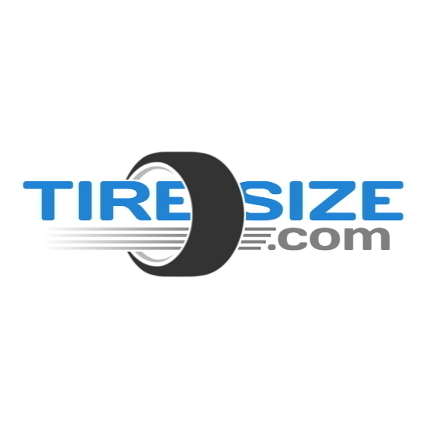Remind me, do you have a panhard correction bracket? That could do wonders for the rear.
You might consider airbags as a bump stop, that's adjustable for load and other things.
Thanks for the details, good to know.... in regards to the bump stops I have noticed when loaded down my rear have occasionally bottomed out coming off drops and high speed trails. I want to upgrade mainly the rears but I don't want to limit up travel. The Duros mention they reduce up-travel by 2 inches, is that something you have seen?
You might consider airbags as a bump stop, that's adjustable for load and other things.

